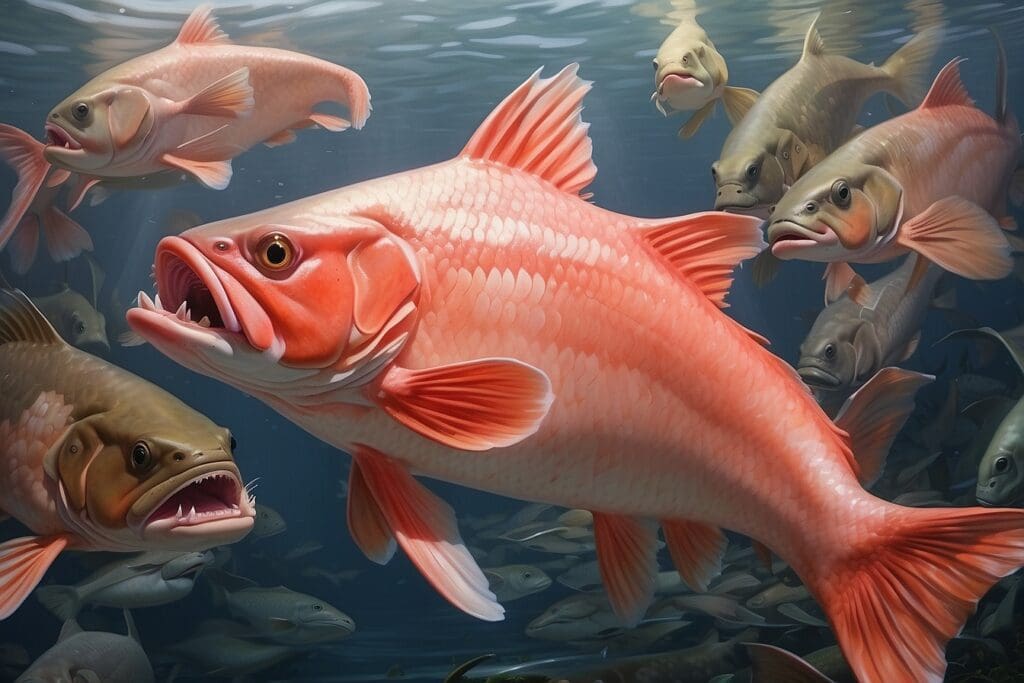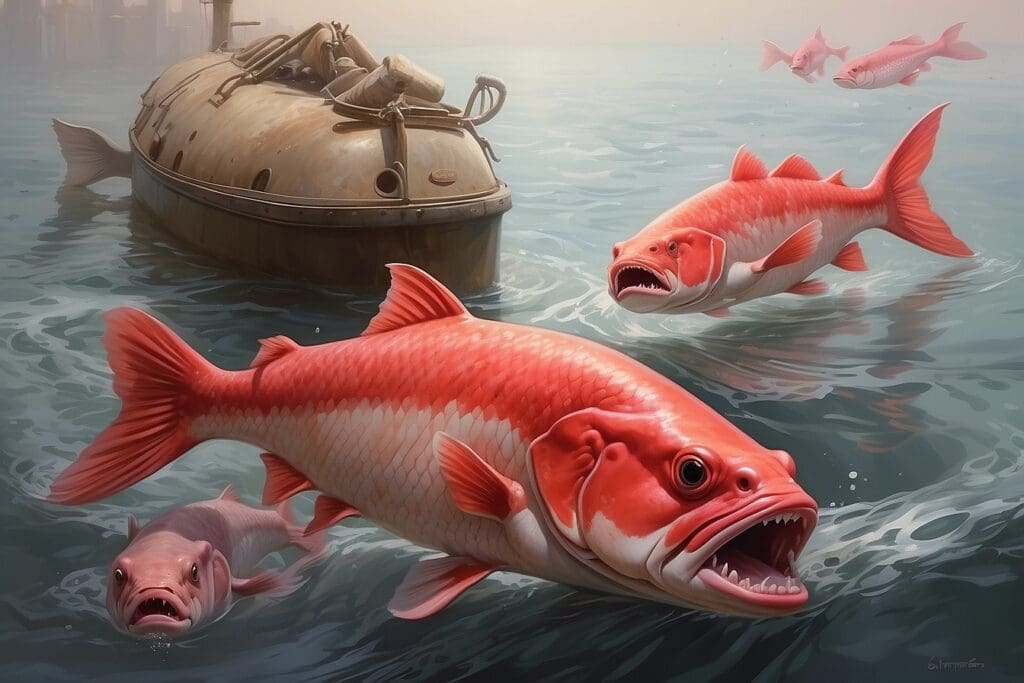Invasion of the Asian Carp Threatens Lake Michigan: Yet again, we are plagued by an invasive species! For background information on invasive species, click here. The tenacious eating machine, the Asian Carp, was imported by catfish farmers to eat algae to clean their ponds and released into the rivers during floods of the early 1990s.1 Since then, they have steadily created a stronghold on the Mississippi river system, growing and reproducing at staggering rates. Along some stretches of the Illinois River, they comprise 95% of the aquatic biomass.2

These beasts are now approaching Lake Michigan via the only connection between the Mississippi river and the Great Lakes: the man-made Chicago Sanitary and Ship Canal, which leads from the Illinois River to Lake Michigan.3 Electric barriers in the Canal have been installed by the Army Corps of Engineers for the singular purpose of keeping the fish out.4 If these electric barriers in the Canal are breached, then one of the most instrumental and precious aquatic systems in the United States will be changed forever.
Asian Carp pose a significant risk to the Great Lakes because these waters are similar to the Carp’s natural habitat (China and parts of Southeast Asia), thus the fear is that they could proliferate rapidly and wreak havoc on the ecosystem. Although they are not predators, the 40 to 100 pound fish can eat several times their body weight per day.5 Their main food source is plankton, which are crucial in the diets of trout and other native species of the Great Lakes, thus the Carp could disrupt the bottom layers of the food chain.6 Furthermore, they have no natural predators and are a very resilient species, which bodes poorly for the $7 billion annual revenue from the Great Lakes’ fishing and tourism industry.7
To date, no Asian Carp have been found in the Great Lakes, but their DNA was recently found in water samples from Lake Michigan, which is enough to suspect that some have breached the barriers when the water was high and found their way into the lake.8 This finding provided support for the State of Illinois decision to use poison to prevent the Carp’s infiltration during a required maintenance that shut off the electric barrier for a couple of days at the end of last year. It was decided to poison the six-mile stretch of the Chicago Sanitary and Ship Canal to ensure no Asian Carp found then found their way into Lake Michigan and to determine the extent of Asian Carp in the Canal.9 Although the fish would kill other native fish, it was decided that it was more important that the carp die before they get to the Great Lakes.
The result was 200,000 pounds of dead shad and common carp scooped up and dumped into landfills and the discovery of one sole Asian Carp.10 Although it seems like an enormous waste of fish and expenses for the $3 million campaign, in reality, it is promising news for the Great Lakes, and the risk could not be taken for Asian Carp to swim upstream while the barrier was turned off.
To get an idea of just how overpopulated the Asian Carp is in the United States, all one would have to do is search for a video clip of “Asian Carp” on the Internet. In a CBS News video online, a clip shows hundreds and hundreds of carp jumping out of the water at one time.11 They are not only startling, but are also quite dangerous to fishermen—imagine a 100 pound flapping fish hitting you in the back of your head while on a moving boat.
The reality is, if we don’t stop the Asian Carp from entering Lake Michigan, the entire ecosystem is in jeopardy, a long with the fishing industry, and tourism industry. With the help of electric fences, poisoning the Chicago Ship Canal, and the 15 million dollars the government is putting into the project, we can all hope for a Carp-less future for Lake Michigan.





